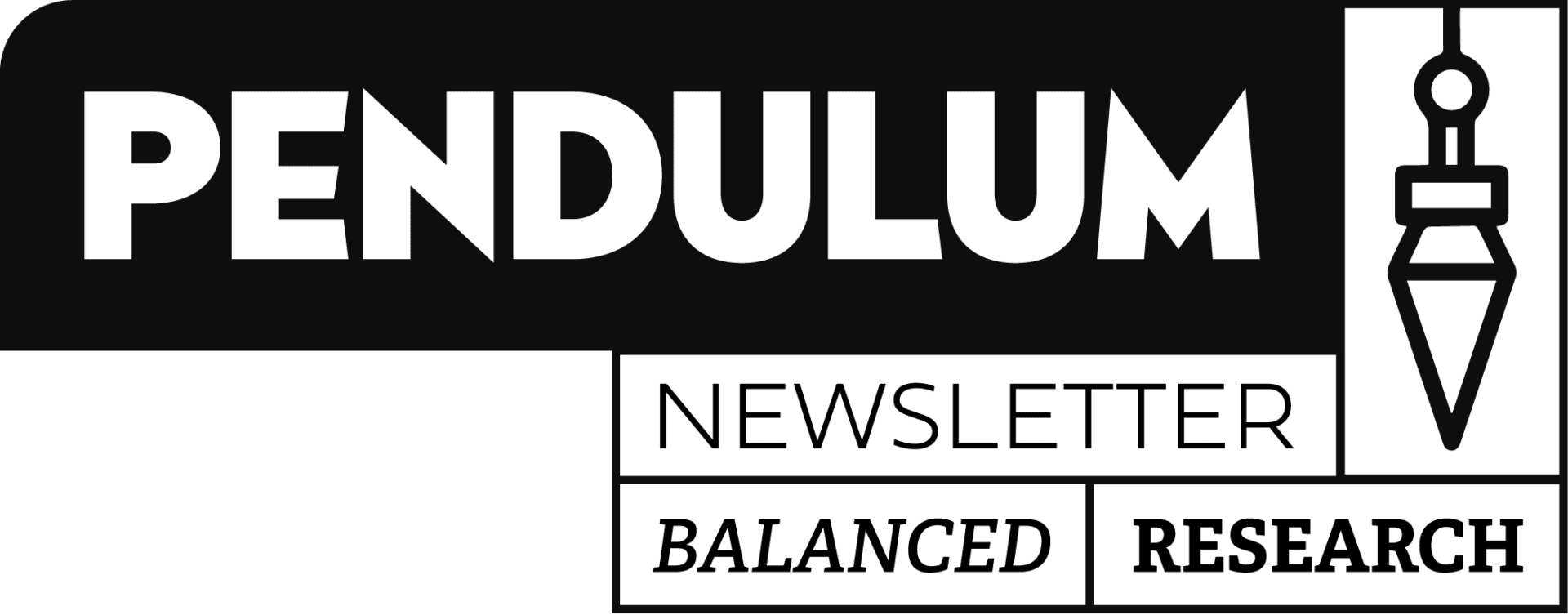
Earlier this week, the FDA did something very unprecedented. It rolled out a new system ahead of schedule and under budget. The FDA had been aiming for the end of June to roll out its new AI system, “Elsa.” Despite concerns about whether Elsa has been properly vetted and tested, the FDA has gone into full integration with this AI technology. Critics argue that a lack of oversight regarding Elsa’s security and adequacy leaves too much room for error. However, Elsa can help slice through work that would take a human many hours or even days to conduct. There is no doubt that this day would eventually come, as AI is being deployed in both the private and governmental sectors. However, it was a surprise how fast the FDA—an organization not known for efficiency—moved to get Elsa up and running.
The exciting part about using Elsa is that it is well suited for reading the fine-print details that the FDA needs to endlessly sift through. Elsa can rapidly compare food and drug labels, find missing components, and bring many details to attention. These are details easily missed—and that’s days of time for FDA workers to sift through.
The FDA commissioner said, “We need to value our scientists’ time and reduce the amount of non-productive busywork that has historically consumed much of the review process.” The types of tasks Elsa would be responsible for are exactly the types of mundane fact-checking that AI excels at.
The plan is to keep Elsa focused on reducing administrative work. This is considered just an initial step in further AI integration down the road, but for many, it seems like too big of a plunge. AI can be easily manipulated, and if it’s trained on incomplete information, it can still make some major misses. Because of the obvious conflict of interest, Elsa isn’t exposed to the many AI systems being employed in the pharmaceutical sector.
On the positive side, a historic problem of the FDA has been an inability to keep up with improved drugs and foods. Last week’s newsletter on sunscreen is a perfect example: because of the FDA, American sunscreens are still using chemicals that are known to permeate the skin and are connected to a list of health consequences. Meanwhile, Europe and Asia have approved new formulas that have been proven to be safer.
The FDA is a major factor as to why the US is either decades behind certain treatments or slow to remove toxins like Red Dye #40 from food. In pharmaceuticals, the agency is notoriously criticized for its revolving door leadership, with many of its leaders toggling back and forth between Big Pharma and FDA positions. In the opioid crisis, FDA advisors—including the McKinsey consulting firm—also worked for Purdue Pharma and influenced policy to enable more prescriptions and the proliferation of oxycodone.
Related Read: How A Consulting Firm Contributed To The Opioid Crisis
In the case of opioids, the FDA gave an advantage to Big Pharma and directly contributed to the public health disaster. Years later, as the epidemic escalated, when the FDA did try to pull back the reins on oxycodone, they realized they had approved the drug based on falsified trials. In order to sift through a landslide of paperwork (intentionally created to drown efforts to take legal action), it took several years for the FDA to catch up—and it cost a fortune to get ahead of Purdue.
While adopting new tech comes with its risks, the goal of Elsa is to help cover the serious flaws in the FDA’s inefficiency, but not to be a system that makes decisions or judgment calls. Pharmaceuticals are already leaning much more heavily on AI advancements. Because AI is adaptive, it will be several months before we see whether Elsa learns enough to be an accurate and secure assistant system in the FDA.


